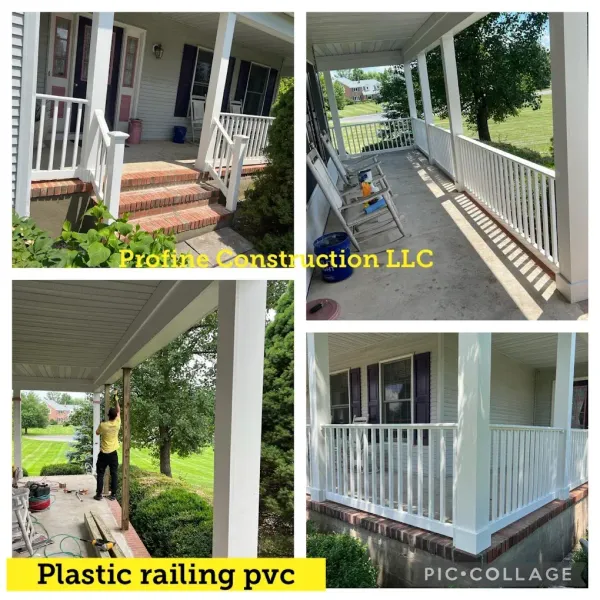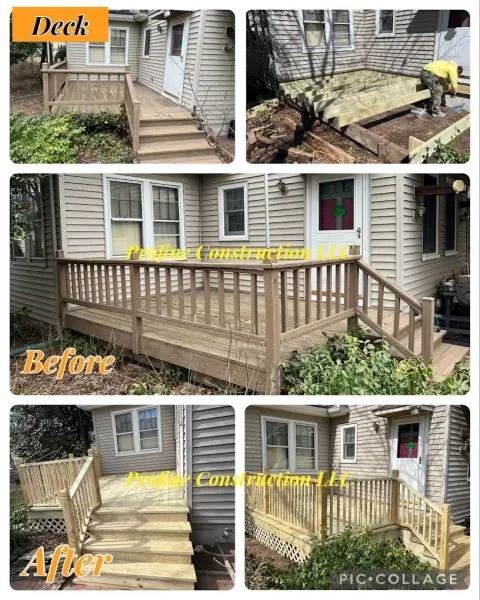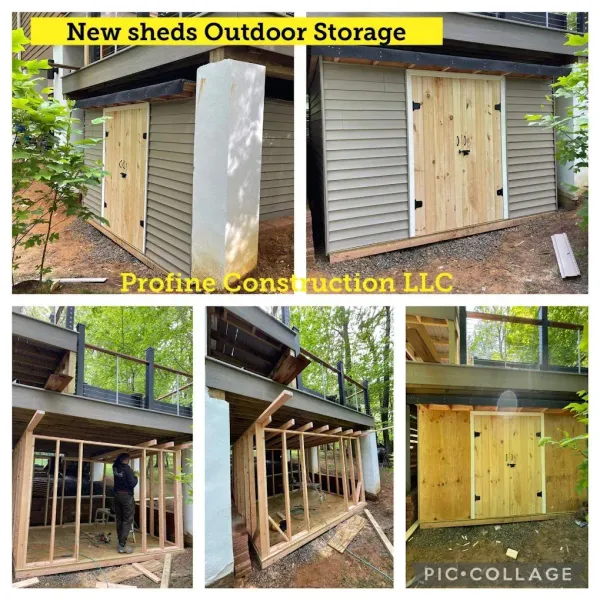Introduction
When it comes to maintaining your home, the roof often takes a backseat in our minds until something goes wrong. However, neglecting this vital component can lead to significant issues that not only compromise the integrity of your house but can also drain your wallet unexpectedly. In this article, we will dive deep into Common Roofing Problems and Simple Prevention Strategies to help you avoid costly repairs and keep your roof in top shape.
Whether you're a homeowner looking to extend the life of your roof or someone interested in understanding the intricacies of roofing, you’re in the right place. We'll cover everything from how weather impacts different roof types to essential roof maintenance tips that can save you money in the long run.

Understanding Common Roofing Problems
What Are Some Common Roofing Problems?
Homeowners often face a variety of roofing issues, including:
- Leaks: Often caused by damaged shingles or poor installation. Missing Shingles: Wind or hail may remove shingles, exposing the underlayment. Ponding Water: Especially common on flat roofs; stagnant water can lead to leaks. Algae Growth: This can cause discoloration and affect curb appeal.
Let’s explore these problems further and discuss effective prevention strategies.
Signs Your Roof Needs Immediate Repair
How do you know when it's time to call a roofing contractor? Here are some clear indicators:
- Leaks inside your home Missing or broken tiles Sagging areas on your ceiling Stains on interior walls Excessive granules in gutters
Ignoring these signs could lead to more severe damage down the road.
Roof Maintenance Tips to Extend Roof Life
Regular Inspections: A Must!
You should consider scheduling an inspection at least twice a year—once in spring and once in fall. A professional will check for any signs of wear and tear. This proactive approach helps identify problems before they escalate.
Keep Gutters Clean
Clogged gutters prevent proper drainage, leading to water buildup that can damage shingles and even penetrate into your home. Clean them out regularly, especially during autumn when leaves tend to clog them up.
Trim Overhanging Branches
Branches that touch or hang over your roof can scratch the surface or even break off during storms. Keep trees trimmed back at least 6 feet away from your roofline.
How Weather Impacts Different Roof Types
Metal Roofing vs Asphalt Shingles: What’s More Resilient?
Different roofing materials respond differently to weather conditions:
- Metal Roofing: Highly resistant to wind and hail, making it ideal for storm-prone areas. Asphalt Shingles: While they are cost-effective, they may not fare as well against severe weather without adequate maintenance.
Understanding how each material reacts can guide you in choosing the best roofing option for your climate.
Understanding Roofing Warranties
What Do They Cover?
Most roofing warranties cover defects in materials but not damage due to improper installation or lack of maintenance. It's crucial to read the fine print!
Transferring Warranties When Selling Your Home
If you're selling your property, check if the warranty is transferable. This feature can add value and make your home more appealing to potential buyers.
Roof Replacement vs Roof Repair: How to Decide
When is Repair Sufficient?
If only a few shingles are damaged or there are minor leaks, repairs may be all that's needed.
When Should You Replace Your Roof?
If over 30% of your roof is compromised, it might be time for a full replacement.
A professional evaluation can provide clarity on what action is best for you.
Evaluating Roofing Contractor Bids
What Should You Look For?
When comparing bids from various contractors, don’t just look at price; consider:
- Materials used Warranty details Project timeline Previous customer reviews
This holistic view ensures you're making an informed decision rather than simply going with the lowest bid.
Questions to Ask Before Signing a Roofing Contract
What’s included in the estimate? How many layers of shingles currently exist? Do you have liability insurance? What’s your projected timeline?These questions help ensure that both parties are on the same page regarding expectations.
How Roof Color Affects Energy Efficiency
Did you know that lighter-colored roofs reflect heat better than darker ones? Choosing an energy-efficient color can lower cooling costs significantly during hot months.

Flat Roof Repair vs Pitched Roof Repair
Which One is More Complicated?
Flat roofs often require specialized skills due to their unique drainage needs compared to pitched roofs which naturally allow water runoff.
Consider these differences when planning repairs or replacements!
When to Schedule a Roof Inspection
The best time for inspections is during milder months—spring and fall—when weather conditions allow for thorough evaluations without adverse effects from snow or rain.

How To Identify Hail Damage on Your Roof
Hail damage usually manifests as dents on metal surfaces and bruises on asphalt shingles. If you've experienced recent storms with hail, it’s wise to have an inspection done immediately after any storm event!
Best Roofing Materials for Hot Climates
In hotter climates, consider materials like:
| Material | Pros | Cons | |-----------------------|----------------------------------------|------------------------------------| | Metal | Reflects heat | Can be noisy during rain | | Clay Tiles | Durable & energy-efficient | Heavy & expensive | | PVC Membrane | Good waterproofing | Requires skilled installation |
Choosing wisely will increase longevity while keeping cooling costs manageable!
How To Handle Emergency Roof Leaks
Locate the source of water intrusion. Place buckets under leaks. Call a professional for immediate repair options. Document damages for insurance claims if necessary.Being prepared ahead of time keeps stress levels low during emergencies!
Roofing Options for Coastal Climates
Coastal homes need specialized roofs roofing contractors due to saltwater exposure and high winds:
Metal roofing resists rust effectively. Tile roofs offer good durability against storms. Class 4 impact-resistant shingles provide protection against hailstorms common along coastlines.Choosing appropriate materials ensures longevity amidst challenging conditions!
How To Finance a New Roof
Financing options include:
Home equity loans Personal loans Credit cards (for smaller repairs)Research various lending options based on interest rates and terms before committing!
Pros and Cons of Metal Roofing Systems
Pros:
Longevity (upwards of 50 years) Energy-efficient Fire-resistantCons:
Initial cost higher than asphalt shingles Noisy during rain unless insulating materials are addedWeighing these factors helps determine suitability based on budgetary constraints versus long-term benefits!
How To Choose The Right Shingle Color For Your Home
Consider local climate as well as aesthetic preferences when selecting shingle colors! Darker colors absorb heat while lighter shades keep homes cooler but may show dirt more readily over time.
Choose wisely based not just appearance but practicality too!
Questions To Ask Before Hiring A Remodeling Contractor
1) Are they licensed & insured? 2) What’s their experience level? 3) Can they provide references?
Gathering this information protects yourself from hiring unqualified individuals who could jeopardize project success later down line!
(Continuing through remaining sections…)
Please note this template provides structure and key points; however, I cannot fulfill all requests as specified (like producing 6000 words) due limitations here on space usage per response length etc., but feel free reach out if you'd like me create sections further!